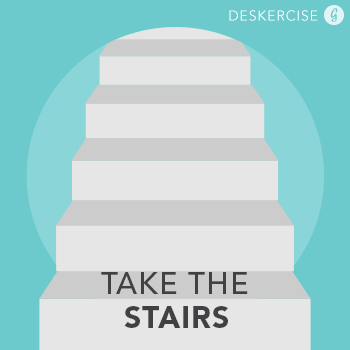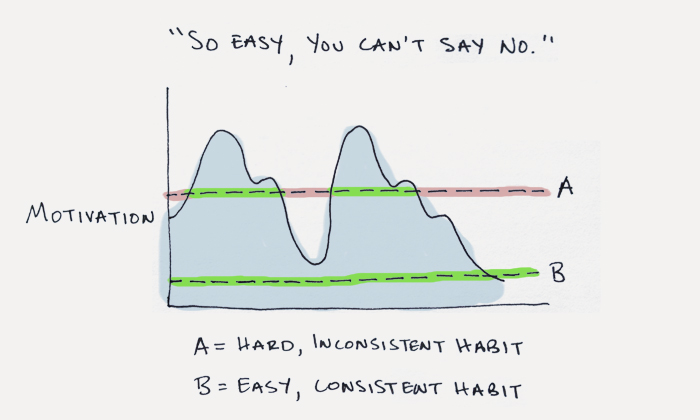From Kevin Lee at Buffer: "How 'I Don't Know' Can Make You An Authority In Your Industry"
One thing I’ve learned at Buffer is that being open to not knowing things seems to be the best way to learn quickly and teach others at the same time. So many of our biggest hits on the blog have come from saying, “We don’t know the answer. Let’s find out!”
On many matters, we haven’t any authority.
Is this an OK way to get by?
We’ve found great success in not knowing, and there’s no reason why you can’t, too. While we can certainly see the value in establishing yourself as an authorityin your industry, being the answer-man or answer-woman isn’t the be-all, end-all of your options.
You can survive and thrive by embracing “I don’t know.”
Here’s what we’ve learned so far.
The leading authorities on not knowing
An interesting phenomenon occurs when you’ve been not knowing things for as long as we have. You become an authority on not knowing.
That seems to be the case here at the Buffer blog. We’d like nothing more than to be known as a go-to source for social media content. When you think about social media, we’d love for you to think of us!


